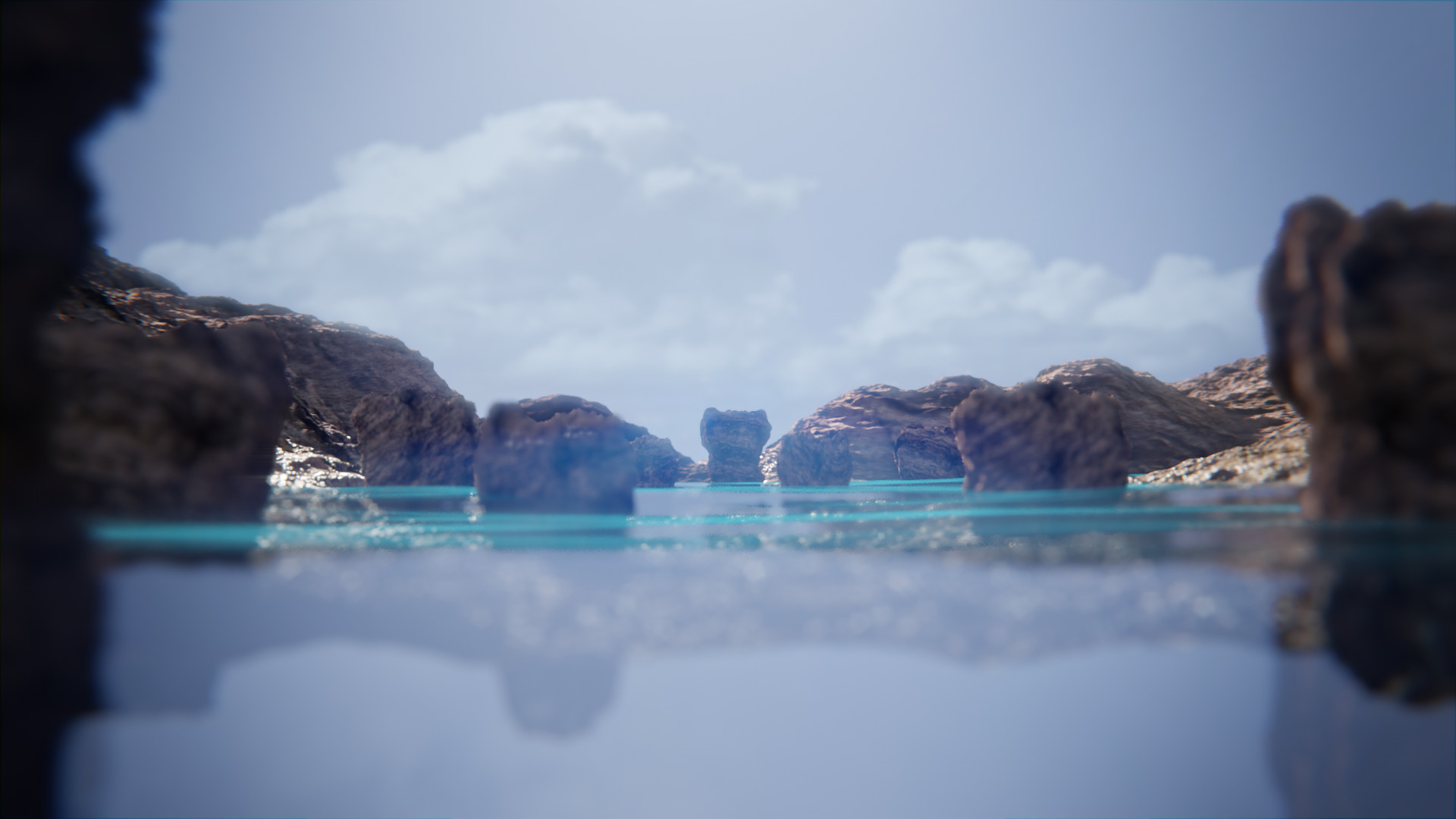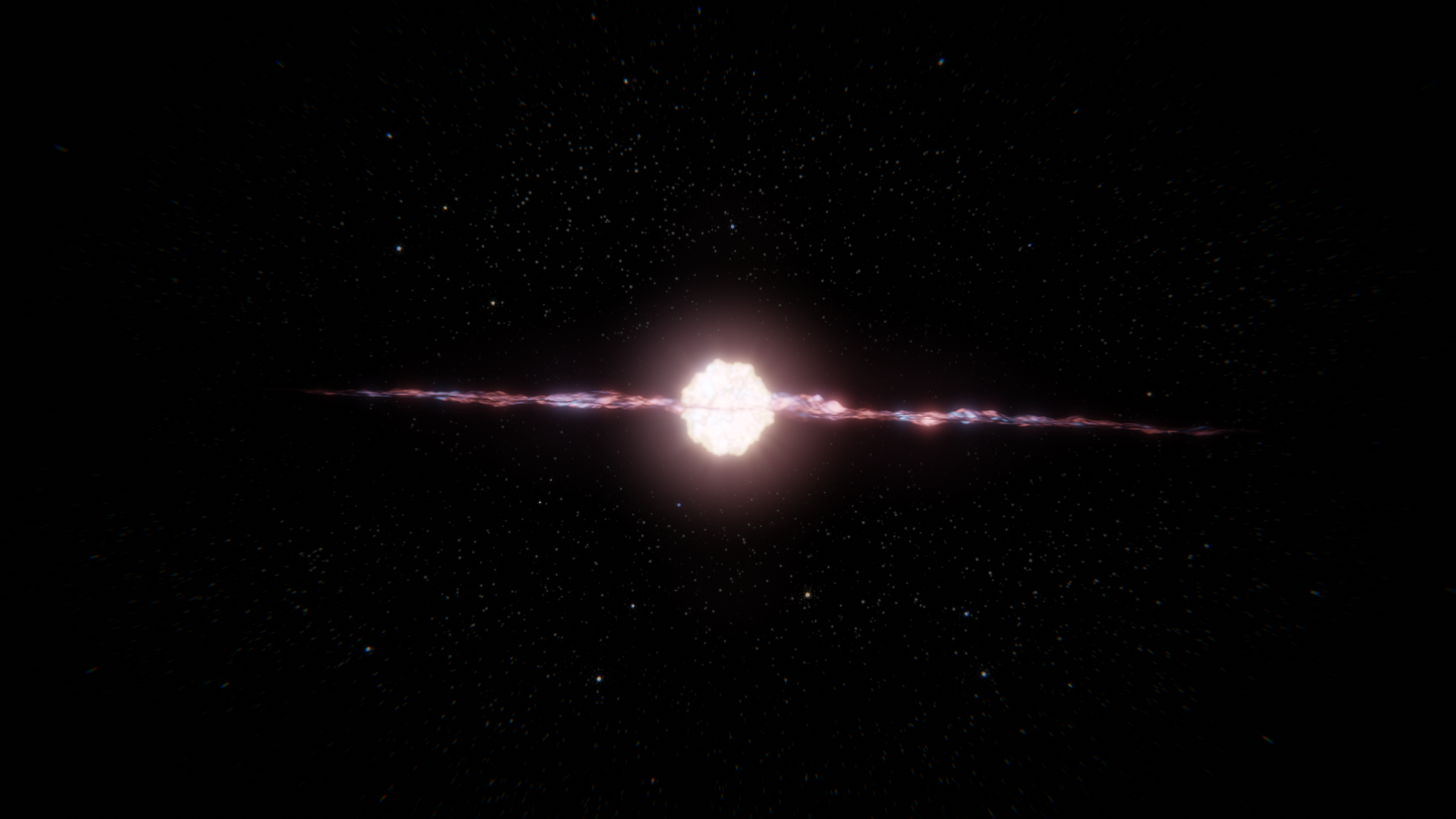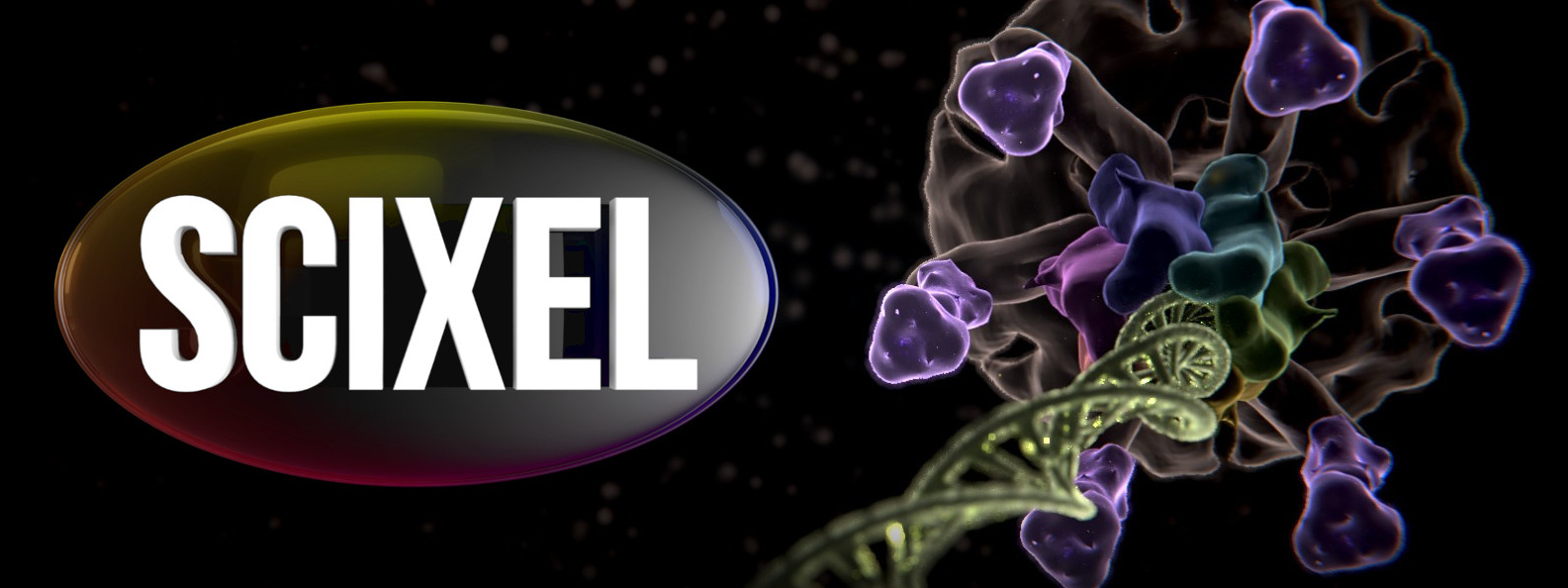Lately I’ve been trying to recover the limited knowledge I acquire at the university on how to solve differential equations. These produce beautiful pictures and animations. And in particular, I’ve been learning how to solve the Schrödinger equation using the Crank-Nicolson algorithm.
Category Archives: Animation Video
Taking a picture at 350.000km from home
Recently I got obsessed with Sergei Korolev and his achievements during the short period of time he governed de Soviet Space Program. And in particular, I got really confused with the Lunik III story. The more I read, the more I didn’t understand. So in order to be able to comprehend how the USSR was able to take a picture of the dark side of the Moon in 1959, I dove deep in the issue and simulated the process. This is the result of this obsession.
[I’ll try to make an English version soon]
2024 Scixel Demoreel
It’s been quite a while since our last reel, so here it is. I have to say that I’ve been busy (thanks to you all), so I guess these delays are good news after all. This summary of the last couple of years makes symbolizes 12 years of Scixel, which is also kind of special.
La saga de la Tercera Hija (Canto V)
The Third Daughter saga is this project of ours in which we try to tell the story of the Earth as if it was a myth: with the poetry of myths and the beauty of science. This project was put on hold due to my commitments with my real job. But now I’m trying to find time to finish it. Hope you like it!

In this chapter we tell the story of the birth of Wâljei.
A strange couple of years…
It’s been a strange couple of years with worldwide issues that have affected us all. But here at Scixel, we can be nothing but grateful. First of all, the pandemic didn’t affect us in a serious way, neither us nor our families. Second, our clients continued with their usual hard work from home. And that deserves a huge ovation for the scientists all over the world. Their effort did not only kept us on business, but in better shape than ever. And finally, we kept working with Filmociencia and started working with Patricia Bondia, and that alone is something to be grateful for.
Here I leave you with a short summary of our work during the last two years. And as always, thank you all for making Scixel possible.
Cool radio waves
How do you cool radio waves? Do waves have a temperature in the first place? Common waves are hot meaning they are noisy. There are multiple sources of noise in the generation process of waves and some of them are related to temperature. One of these sources, and probably the most difficult to remove, comes from the intrinsic random motion of atoms.
A possible solution would be to conventionally cool down the antennas that emit the waves. But even at temperatures of miliKelvin, the jiggling of atoms produce a significant amount of noise.
A group of researchers at TuDelft led by Prof. Gary Steel have managed to cool radio waves to their quantum ground state and the process is as surprising as it is difficult to grasp. They’ve placed a circuit close to the antenna that gets coupled to it via its magnetic field. This circuit then acts as a “vaccum cleaner” that absorbs entropy from the antenna cooling it down.
This cooling process and subsequent noise reduction, published in Science Advances, will be of the utmost importance in detectors in a wide range of devices and purposes: from NMR to astronomical detectors.
We made this animation with the help of Dr. Ines Rodrigues (first author of the paper) and Prof. Gary Steele to illustrate the process.
The Saga goes on!
The Saga of the Third Daughter has reached its fourth chapter: The Battle of the Giants in which the origin of the oceans is told. In the following months, life will appear and it will establish the principles of a huge disaster. But that is yet to come.
The Third Daughter
We’ve started a new project called The Saga of the Third Daughter, a series of videos telling the story of the Great Oxidation Event. Interestingly, or so we think, these videos are not designed to be part of an outreach project. We wanted to tell this story as if it was a classic creation myth.

Sadly, for the moment, the videos will be only in Spanish, although an English voice over would be an option in the future.
Here we present the first Book, hope you like it!
You can check the following releases here. Also, in the website we “translate” the poetry of the tale and explain the real story in which the saga is base.
Topographic reconstruction
With today’s free tools and open information (satellite images, topography, etc) it is pretty straightforward to reconstruct real places and to present geographical information. Just an example:
A strain tunable single-layer MoS2 photodetector
Lets take a single layer of MoS2. Lets attach it to a surface in such a way that it can be stretched (or compressed) and there you have it: A strain tunable single-layer MoS2 photodetector. A device which uses strain to change the electrical and optical properties of 2D materials. In particular they’ve proven that with this method, they can reversibly change the photoresponsivity, the response time and the spectral bandwidth of single layered MoS2.
At Dr. Castellanos Lab, they are excelling at beautiful and elegant research. “… we demonstrated that applying tensile biaxial strain to the MoS2 device can be an effective strategy to increase both the responsivity and the wavelength bandwidth of the photodetector (at the expense of a slower response time), while compressive strain can be exploited to yield faster photodetectors (although with a lower photoresponse and with a narrower wavelength bandwidth). This adaptable optoelectronic performance of this device can be very useful to adjust the photodetector operation to different lighting conditions, similarly to human eye adaptability (scotopic vision during the night vs. photopic vision during the daylight).”
Their research is a collaboration between ICMM-CSIC, Imdea Nanociencia and the State Key Laboratory of Tribology, Tsinghua University, Beijing and has been recognized with the inner cover of Materials Today.

